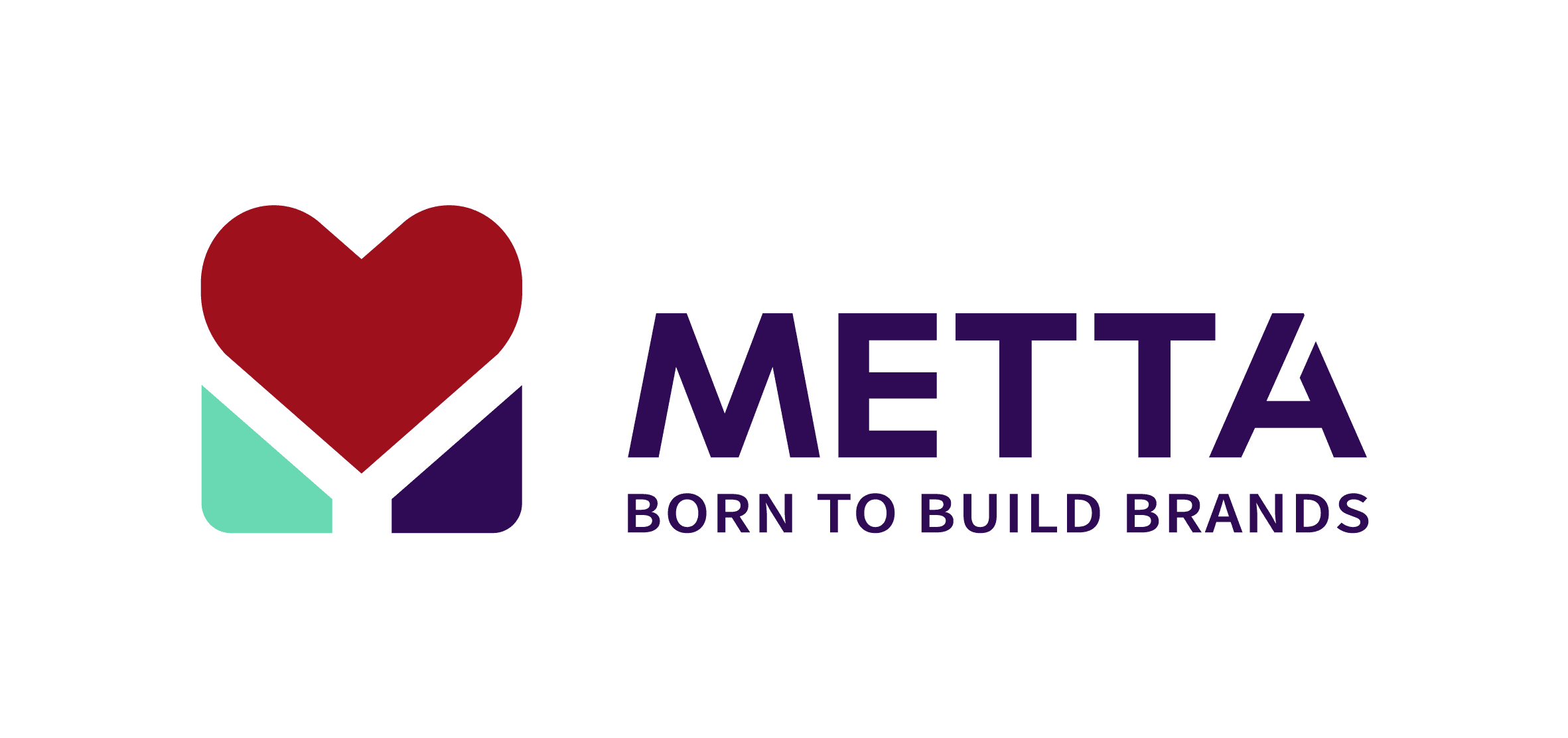Resetting Your Company Culture for a Post-COVID World
As many workplaces now begin plans to bring people back to the office after COVID, it’s a great time to consider how the organization’s culture has changed and ─ even more importantly ─ how to create the culture the company wants to have.

What is company culture?
Company cultures are defined as the ways in which people in the organization behave and the implicit and explicit norms that exist. In other words, it’s “the way we do things around here.” The culture shows up in the language that is used, the expectations that exist around how people work together, and the actions and behaviors that are supported or discouraged.
In the most effective organizations, the culture supports and advances the company’s goals and strategies. The norms and expectations ─ both written and unwritten ─ help associates perform in ways that enable the organization to succeed.
What has working remotely meant for company cultures?
In addition to individual challenges people faced as they worked from home, many teams and companies found their cultures suffered as well.
Individuals reported feelings of disengagement and “Zoom fatigue” as the casual interactions they were used to having turned into more formal meetings. Many new hires also reported the difficulty of onboarding remotely: trying to start their roles when they hadn’t met other team members or struggling to learn how to navigate the organization. The lack of informal touchpoints strained relationships and left some individuals feeling alienated.

Company cultures thrive when associates feel engaged, valued and heard. Therefore, when individuals feel disengaged from their teams, the company culture can suffer. There can be misalignment in the form of differing expectations about how teams work together.
As teams come back to the workplace, there will be a number of challenges ahead. Some teams may have a hybrid approach where some people continue to work from home while others are in the office; these teams will have to discuss how to create equity and engagement for all team members.
In other cases, leaders may find that they need to spend extra effort helping team members feel re-engaged. And other leaders may need to find ways to support team members who are reluctant or nervous about coming back. In all of these instances, it is important to have proactive conversations about what individuals, teams and the organization all need in order to be successful.
Three steps to resetting your company culture
Organizations that have a gap between the current culture and the desired culture can make changes to eliminate this gap. The more purposeful this effort is, the more likely it is to succeed. I recommend that organizations take three important steps in resetting their company culture as they bring people back to the office.
1. Identify what new habits or norms have emerged over the last 15 months that are serving you well.
Look for ways in which the team has improved how they function or established new ways of working together while they worked remotely. Perhaps they have eliminated certain unnecessary meetings or they’ve introduced more elements of fun that are keeping people engaged. Rather than just going back to “the way we used to do things,” incorporate these new habits and norms directly into how you’ll work together when you’re back in the office with one another.
2. Identify what old practices you don’t need anymore.
It can be easy to fall back on what you know. But before you bring your teams back to the office, consider whether there were any old practices that no longer serve the team well. Perhaps there are meetings that can be eliminated or certain tasks that are no longer useful.
3. Communicate any new or changing practices or norms.
Once you’ve taken stock of how you want the team to work together differently, make sure you make these new norms and practices explicit to the team. Take some time to discuss what things will look like and how you’ll work together going forward.
Rather than leaders doing this type of culture work on their own, I encourage them to engage associates in this process. Ask them for their input and get their reactions to new ideas. As I mentioned above, opportunities to help associates feel engaged, valued and heard will yield important input and further build the culture.
There will certainly be challenges as organizations bring associates back into the office and teams redefine or reestablish how they’ll work together. A great first step is having purposeful conversations where leaders can listen to the team about what’s working, what’s not working and what concerns they have.
Companies have a choice about their culture: They can allow it to be defined by unspoken actions or they can proactively shape their culture in order to succeed. As they bring their people back together, many companies will find themselves at an inflection point where they have a real opportunity to create the culture they need for the future.
I encourage leaders to take the time to do this now as it will impact how their associates work together for years to come.
Please contact us for advice. We always listen to your concerns. Our team of experts will help businesses come up with solutions and assist you in implementing them.
Metta Marketing
Leading Brand Strategy Consultant










